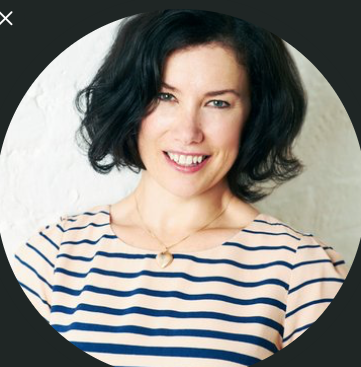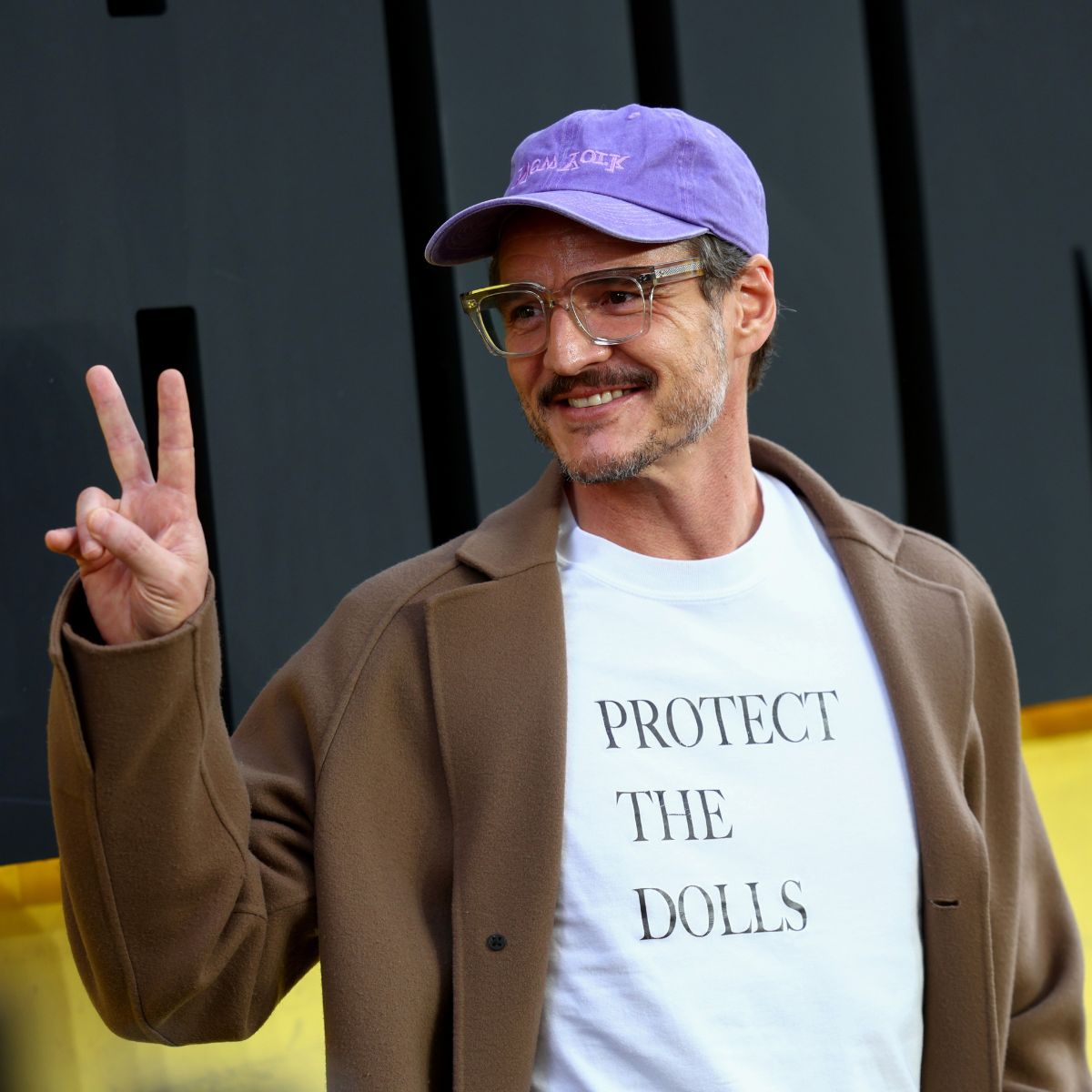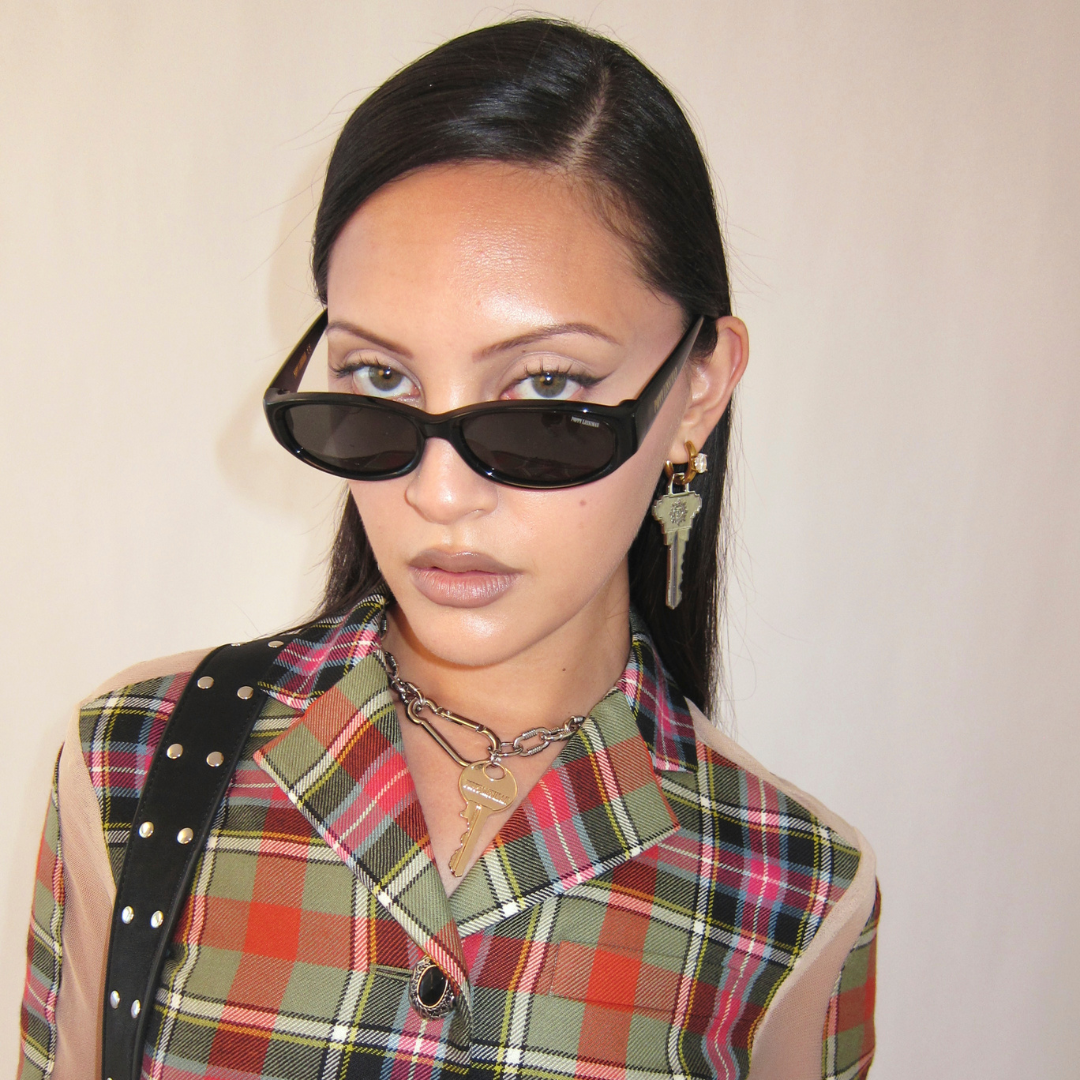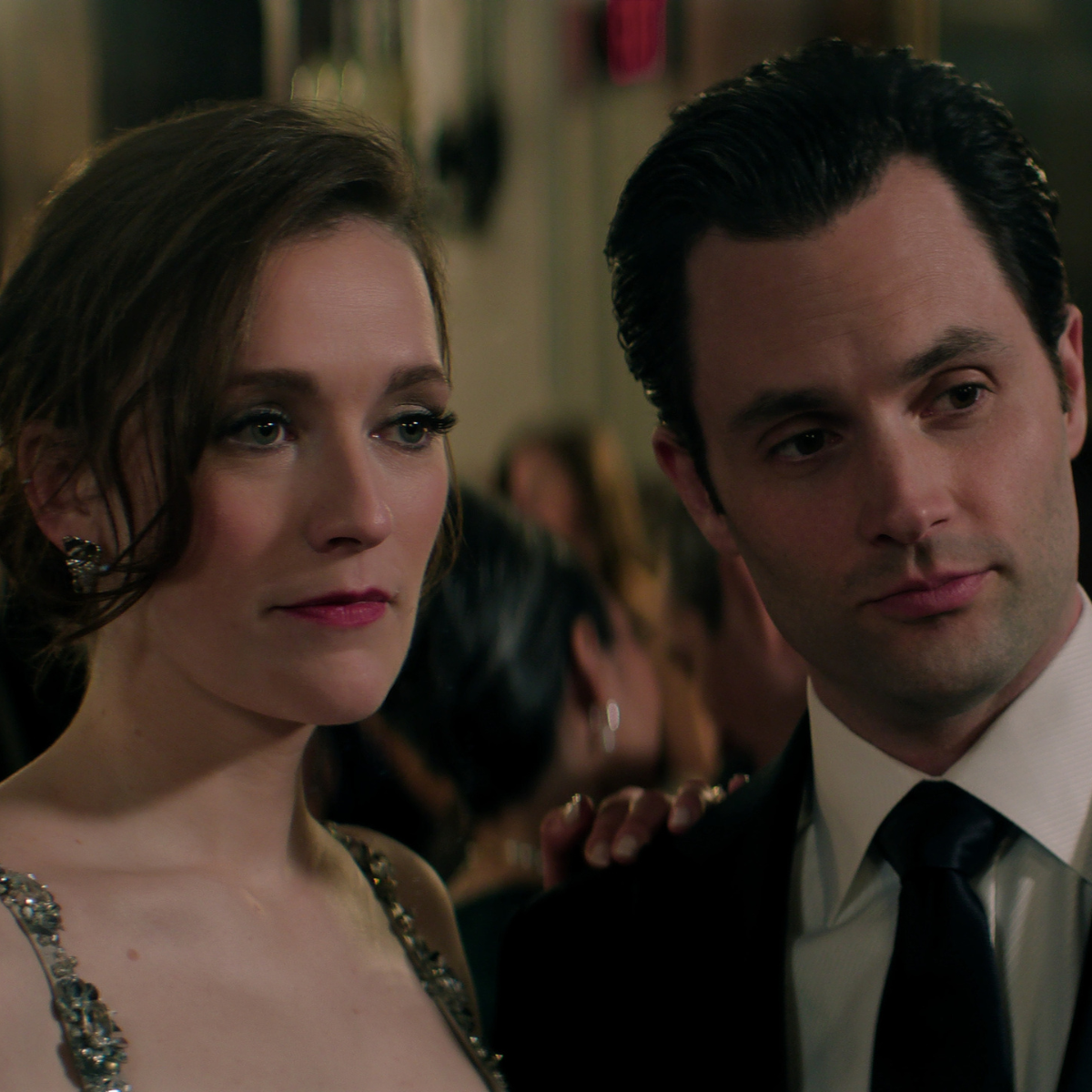Why women are ditching social media for email newsletters - and the ones your inbox will love
Tiny by name; mighty by nature: the TinyLetters free email newsletter service - once dismissed as an outdated form of communication - is booming. Marisa Bate explains why our inboxes are where it's at right now


Tiny by name; mighty by nature: the TinyLetters free email newsletter service - once dismissed as an outdated form of communication - is booming. Marisa Bate explains why our inboxes are where it's at right now
Bubbling away under the circus of viral podcasts and YouTube stars, is the humble TinyLetters - a free email subscription service that is probably powering most of the emails you’ve signed up to this year. Capped at 5,000 subscribers, this quiet powerhouse is a favourite with authors, journalists and prominent internet voices looking to cut through the noise. Why? Because newsletters, unlike blogs, websites, podcasts and all the social platforms currently vying for your attention, feel calmer, more intimate spaces that speak effectively to specific audiences. From gardening to star-gazing; essays to poetry; dating to parenting, TinyLetters offers musings and knowledge around every topic imaginable.
Acquired by Mailchimp - a much larger, paid-for email-marketing operation - in 2011, TinyLetters was relaunched in 2014. And, while rumours circulated in 2018 that it was on its way out, the company insists that while there are plans to become integrated with Mailchimp in the future, the mighty TinyLetter will remain a feature of your inbox for the foreseeable.
That’s partly driven by the success it has consistently brought its users. Since first hitting the scene in 2010, TinyLetters has launched communities, provided a springboard for new careers and even given rise to lucrative book deals. With our #sidehustle dreams, many have looked to newsletter platforms as a fast-track ticket to generating extra income. Substack, for example, is a subscription-based model specifically designed to help users make money from their audience. After all, as traditional media struggles against the duopoly of Google and Facebook, individuals are experimenting with new ways to find cash, and some of the savviest are using these free marketing tools to build a mini media empire - The Ann Friedman Weekly being a good case in point.
Anna Codrea-Rado, who writes a successful newsletter for freelance journalists called The Professional Freelancer, has also recently started a subscription arm, revealing: ‘I think launching the paid option has actually improved my writing… I put it partly down to confidence; knowing that a portion of my readership pays me to write this email makes me see the true value of it.
‘The paid model also professionalised it all – this really is a business now and I’m delivering a product to people that I take very seriously. The newsletter – both the free and paid versions – is always at the top of my priority list now,’ she told readers.
And Codrea-Rado thinks it’s a model that can work for everyone: ‘I truly believe that if I can do it, anyone can. I don’t have some secret, magic skill. I’m just a journalist writing consistently on a topic in email form, and this platform has given me an easy way to make an income from that.’
Marie Claire Newsletter
Celebrity news, beauty, fashion advice, and fascinating features, delivered straight to your inbox!
Natasha Lunn - who, in the interests of transparency is a good friend of mine - launched Conversations on Love on TinyLetter in September 2017, before outgrowing and switching to Mailchimp. In each letter, she interviews an author, professor, therapist or thinker about the different experiences of love in all its multiple guises and manifestations; both present and absent, lost and found. Off the back of that, she recently signed a book deal with Penguin. Yet, interestingly for Lunn, monetising a newsletter was never part of the plan: ‘After some consideration, I decided never to try and monetise CoL via paid subscriptions in its current format. Even when I love a writer, I don’t think I would pay for a newsletter subscription to their blog or column because I’m already paying for so many bigger ones that offer more varied content, like Netflix, Amazon, NY Times, Natural Cycles, and Spotify etc,’ she says.
‘If, one day, I am able to make CoL into a bigger newsletter on the topic of love, with a few features, commissioned stories and membership benefits in each edition, then I would consider monetising it. Just as I would consider paying for a newsletter (like Air Mail or Black Ballad) that has a collection of stories.’
In the case of Lunn, the newsletter was an unforeseen stepping stone to generating income. But, as someone who has already established a successful newsletter, what’s her advice to newcomers?
‘Obviously I have made money from a book deal, which I got off the back of my newsletter. But I think it is more about the content or idea itself rather than the format,’ she says. ‘If someone were to ask me whether they should start a newsletter in order to earn money, I would say that’s not the right question. I think it’s more useful to ask yourself this: "What is the idea I believe in so much that I will carry on doing it, even after the initial excitement has worn off?" And then, what is the best format to share that idea with people?’
Whether it’s a money-making vehicle or passion project, or indeed both, there’s plenty of choice out there for readers. What I like about newsletters is their simplicity. There’s no bells or whistles; no fancy marketing campaign or roll-call announcement of this season’s guests. I don’t feel shouted at, as I so often do on the internet or in podcasts, and the sparser the better. Bim Adewunmi’s sporadic letters are short bursts of beautiful writing that describe the everyday with prose that dazzles. Your TinyLetters don’t need to be finished, polished products - my go-tos often feel more like on-going conversations with someone you’d like to hear from more.

Here are my favourite TinyLetters to sign up to today
Conversations on Love by Natasha Lunn
Hear the likes of Hilary Mantel, Ariel Levy and Dolly Alderton reveal what love looks, and feels like, to them. Lunn is a probing, deeply thoughtful interviewer exploring what makes us tick, and why we behave the way we do. Expect honest, surprising conversations that you’ll want to bookmark and send to your best mate.
The Professional Freelancer by Anna Codrea-Rado
Even if you’re not a journalist, Codrea-Rado’s tips on career confidence, working style and how to reach out to build bigger networks will prove helpful. She also shares cute dog pictures each week.
Noughticulture by Alice Vincent
Journalist Alice Vincent showcases her love of gardening in this newsletter and Instagram account of the same name. And you don’t have to be green-fingered to be a fan. I’m intoxicated by her beautiful prose and the moments of wild she captures from her London balcony. Vincent is due to publish her second book, Rootbound: Rewilding A Life in January 2020.
Women Who by Otegha Uwagba
Uwagba’s round-up of smart, career-related reads is a midweek treat that comes just when you need it. A media mogul in the making, Uwagba has gone from strength to strength since she self-published her first book in 2016. Alongside her successful podcast, which hosts guests like Jia Tolentino, she runs workshops for working women and is due to publish a money memoir in 2020. Ugwaba’s Woman Who shows how the humble newsletter can slot into a bigger operation.
Invisible Women by Caroline Criado-Perez
The feminist activist’s second book has become an award-winning sensation after three years of research proved, categorically, that we live in a world that is not designed for women. She has since launched a TinyLetter under the same name, which Criado-Perez describes as a vehicle for ‘keeping up with the gender data gap (and whatever else takes my fancy). Like the Kardashians, but with more feminist rage.’
The Wingwoman by Charlie Gowans-Eglinton and Frankie Graddon
Two fashion editors, friends Charlie and Frankie, offer up their weekly thoughts on life, shopping and some pop-culture recommendations to boot in this perfect Sunday morning read. The Wingwoman is always an absolute joy to browse.
Maria Coole is a contributing editor on Marie Claire.
Hello Marie Claire readers – you have reached your daily destination. I really hope you’re enjoying our reads and I'm very interested to know what you shared, liked and didn’t like (gah, it happens) by emailing me at: maria.coole@freelance.ti-media.com
But if you fancy finding out who you’re venting to then let me tell you I’m the one on the team that remembers the Spice Girls the first time round. I confidently predicted they’d be a one-hit wonder in the pages of Bliss magazine where I was deputy editor through the second half of the 90s. Having soundly killed any career ambitions in music journalism I’ve managed to keep myself in glow-boosting moisturisers and theatre tickets with a centuries-spanning career in journalism.
Yes, predating t’internet, when 'I’ll fax you' was grunted down a phone with a cord attached to it; when Glastonbury was still accessible by casually going under or over a flimsy fence; when gatecrashing a Foo Fighters aftershow party was easy-peasy-lemon-squeezy and tapping Dave Grohl on the shoulder was... oh sorry I like to ramble.
Originally born and bred in that there Welsh seaside town kindly given a new lease of life by Gavin & Stacey, I started out as a junior writer for the Girl Guides and eventually earned enough Brownie points to move on and have a blast as deputy editor of Bliss, New Woman and editor of People newspaper magazine. I was on the launch team of Look in 2007 - where I stuck around as deputy editor and acting editor for almost ten years - shaping a magazine and website at the forefront of body positivity, mental wellbeing and empowering features. More recently, I’ve been Closer executive editor, assistant editor at the Financial Times’s How To Spend It (yes thanks, no probs with that life skill) and now I’m making my inner fangirl’s dream come true by working on this agenda-setting brand, the one that inspired me to become a journalist when Marie Claire launched back in 1988.
I’m a theatre addict, lover of Marvel franchises, most hard cheeses, all types of trees, half-price Itsu, cats, Dr Who, cherry tomatoes, Curly-Wurly, cats, blueberries, cats, boiled eggs, cats, maxi dresses, cats, Adidas shelltops, cats and their kittens. I’ve never knowingly operated any household white goods and once served Ripples as a main course. And finally, always remember what the late great Nora Ephron said, ‘Everything is copy.’
-
 How the slogan t-shirt became this season's must-have - and why it's more than just another trend
How the slogan t-shirt became this season's must-have - and why it's more than just another trendNot just another Nineties throwback
By Clementina Jackson
-
 How are Trump’s tariffs affecting the fashion industry?
How are Trump’s tariffs affecting the fashion industry?The fluctuating situation in the US is having very real consequences
By Rebecca Jane Hill
-
 Here's every character returning for You season 5 - and what it might mean for Joe Goldberg's ending
Here's every character returning for You season 5 - and what it might mean for Joe Goldberg's endingBy Iris Goldsztajn